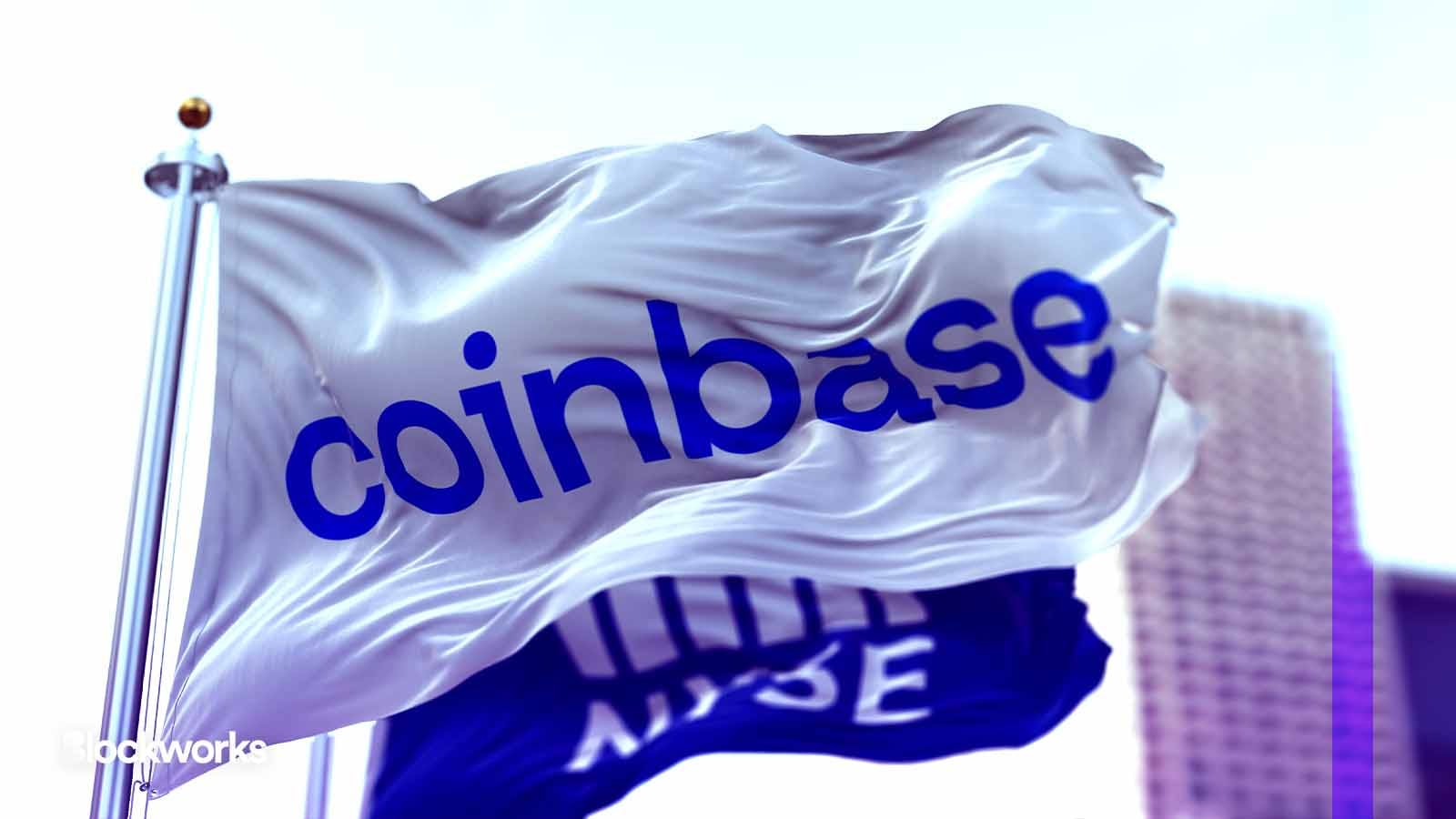Early activity on Coinbase’s Base chain shows promising signs
Analysts say that Coinbase’s strong start could be the real deal

rarrarorro/Shutterstock modified by Blockworks
The launch of Base, Coinbase’s layer-2 network, has been unusually successful, attracting significant volume in terms of both DeFi activity and cross-chain bridge transactions.
But the burst of activity begs the question: How much of the strong start is attributable to Sybil attackers and airdrop farmers?
Base launched yesterday. However, due to traders discovering what was at the time a one-way bridge, the network managed to attract significant volume prior to the official ribbon-cutting.
In an interview with Blockworks, Nansen analyst Sandra Leow compared the launch favorably to Mantle and Linea, two other layer-2s that went live in the past month.
Per a Dune Analytics dashboard, the total value bridged to Base exceeded $150 million on the day of the official launch, and sits at $162 million as of today — exceeding Mantle’s $67 million and Linea’s $47 million.
“It seems like the Base ecosystem is far ahead compared to the other new [layer-2s],” Leow concluded.
Part of Base’s early dominance can be attributed to the raucous soft launch. Over the course of a busy July 29 weekend for altcoin traders, new DEXes on the chain ran up $200 million in volume on a 24-hour basis and a memecoin inspired by Coinbase founder Brian Armstrong — BALD — ran up a $100 million market capitalization before the token creator pulled liquidity.
In a written interview with Blockworks, a Coinbase spokesperson repeatedly emphasized the network’s “open and permissionless system” and noted that the chain launched with over 100 protocol partners. Per DefiLlama, over 20 protocols have $100,000 or more in total value locked (TVL).
Nansen’s Leow says the variety has offered traders alternatives following the collapse of BALD.
“So far, it does seem like this playbook is working, as even post-BALD rug and you would expect users to have lost confidence in the Base chain, it seems like the chain has gone past the Bald frenzy and [traders] are actually using other apps on the chain,” Leow said.
Airdrop farmers?
Yesterday, the Ethereum base chain had just under 430,000 active addresses. By comparison, Base had 100,000 active addresses.
On its face, it’s unlikely that Base has already managed to capture a quarter of the active addresses on Ethereum. What’s more, the number of active addresses isn’t the same as the number of active users. This raises the possibility that a portion of those addresses are managed by Sybil users.
Sybil attackers — and/or airdrop farmers — are users who deploy multiple blockchain addresses and perform actions on a chain that has yet to release governance tokens. Often new chains will use tokens to reward early addresses that complete certain actions, such as bridging a certain amount or using a DeFi protocol. By utilizing multiple addresses, a single user can trick a platform into giving them additional tokens by appearing to be multiple independent users.
According to pseudonymous airdrop farmer CC2 Ventures, large-scale operations can involve dozens of investors pooling hundreds of thousands of dollars to pay for gas fees, labor and software to deploy thousands of addresses in an effort to reap airdrop rewards.
Notably, Coinbase has publicly denied plans for an airdrop, and the chain uses ether (ETH) as the gas fee token. However, CC2 implied this might not stop many Sybil attackers.
“Coinbase denying an airdrop will dissuade some farmers, but most simply won’t care. In fact, it might even have a reverse effect as projects like Arbitrum, Paraswap and even Sui to an extent constantly denied all airdrop rumors, yet still followed through with it,” they wrote.
These operations often use sophisticated methods to obfuscate the fact that multiple addresses are controlled by the same party. Because of that, it’s nearly impossible to calculate exactly how much Base activity is attributable to farmers.
However, both CC2 and Leow told Blockworks that a significant portion of the traffic and TVL is organic. CC2 added that the chain’s early reputation for memecoin mania could lead to it becoming a hub of activity for casual traders.
“I can see it becoming a retail favorite due to having similar dynamics as Binance Smart Chain (reputable, ‘normie’ friendly company) with even lower fees,” they wrote.
Get the news in your inbox. Explore Blockworks newsletters:
- The Breakdown: Decoding crypto and the markets. Daily.
- 0xResearch: Alpha in your inbox. Think like an analyst.






